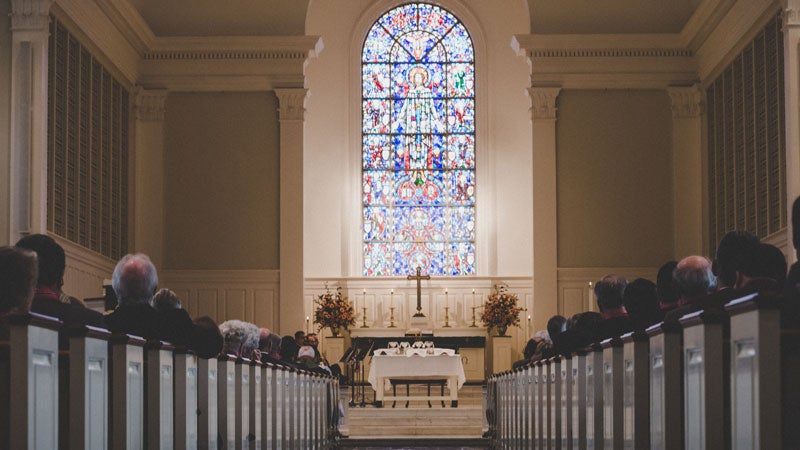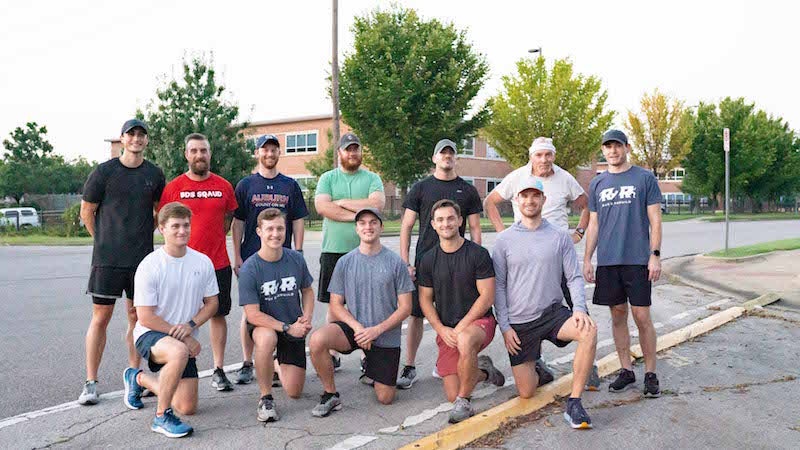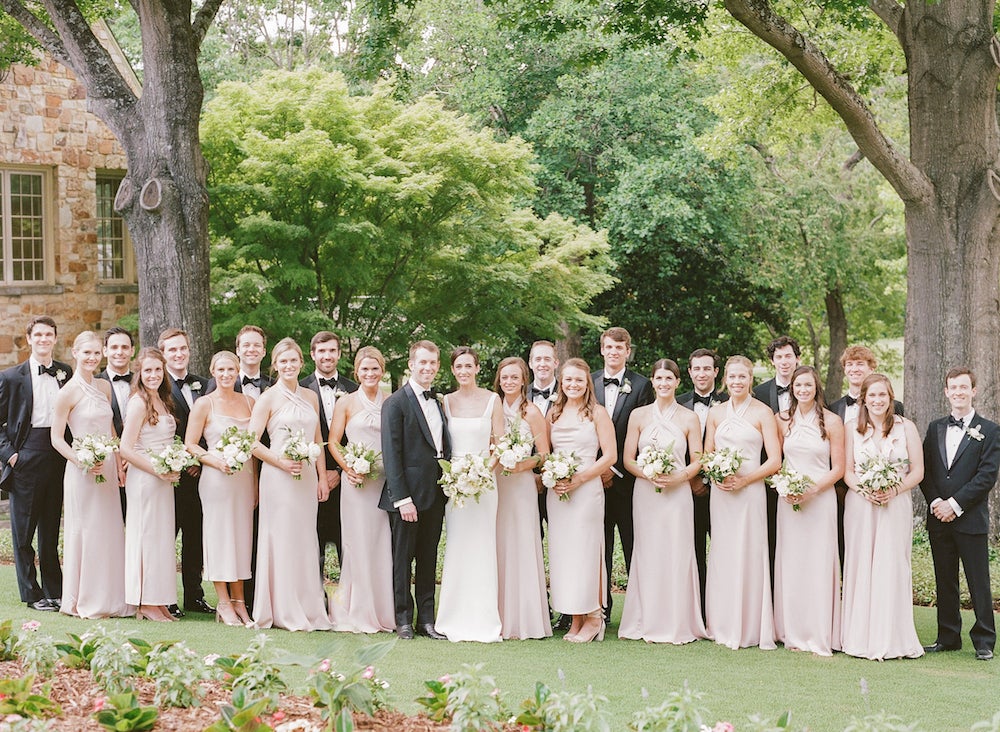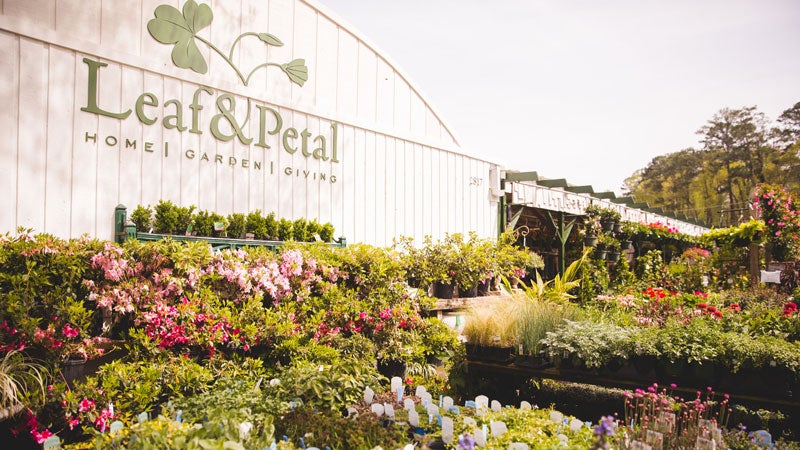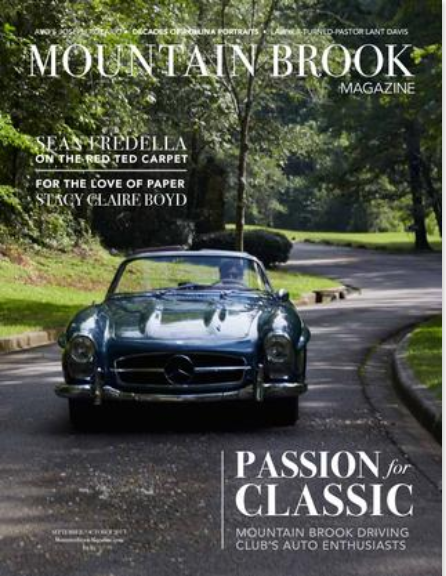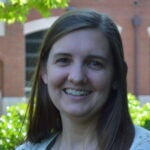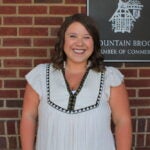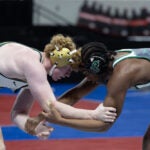“The prettiest country church in the United States.” According to the plaque placed on the grounds of the church by the Birmingham-Jefferson Historical Society, this was the name once given to Canterbury United Methodist Church. My, how times have changed.
To be sure, Canterbury United Methodist is still pretty, but a more accurate description of the physical building on Overbrook Road in Mountain Brook should probably include the words “beautiful,” “gracious” and “impressive.” And depending on your level of sophistication, Mountain Brook might still qualify as “the country.”
From Irondale to Overbrook
There is no doubt, however, that the “prettiest country church” has matured into a community of worshippers whose members have shaped the very history of not only Mountain Brook, but the city of Birmingham and its surrounding areas as well.
In October, Canterbury United Methodist Church commemorated the 150th anniversary of its founding with services of celebration and the recounting of memories from faithful members of all generations. Its founding in 1867 as Irondale Methodist Episcopal after the nearby furnace that employed many of its members makes it older than both the city of Birmingham itself by three years and the city of Mountain Brook by some 60 years. At that time, families were moving into Shades Valley to reestablish Cahaba Iron Works, which had been destroyed by Northern troops in the Civil War in 1865. The growth of the area as well as the growth of Methodism itself led committed families both old and new to form Irondale Methodist Episcopal Church. The church typically met in homes or “brush arbors” erected to shade the services from the sun.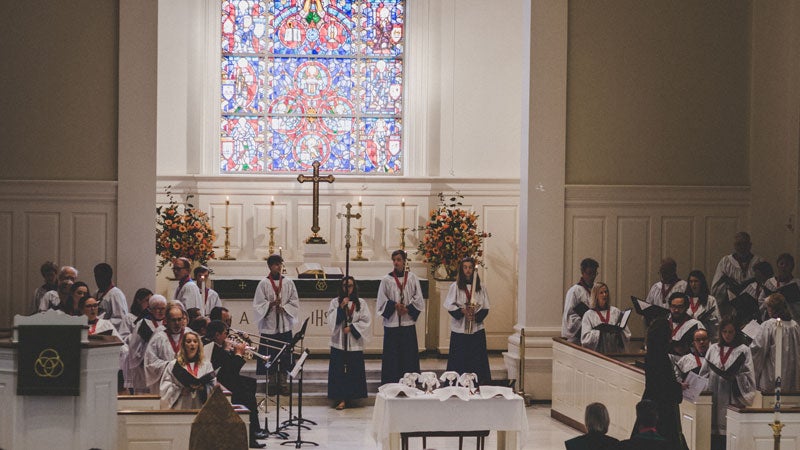
The church underwent a number of location changes and a few mergers along the way. After a move to what is now Hollywood Boulevard in the 1870s, it was called Union Hill Methodist Episcopal Church, thus explaining, for those who’ve ever wondered, the Union Hill cemetery that still stands there. In 1928, as architect Robert Jemison developed Mountain Brook with the goal of replicating a proper English village, the church became Canterbury Methodist Episcopal Church. This church then merged with the Crestline-area Mountain Brook Methodist Church in 1948.
The first services in the current location took place on October 12, 1952. The church has been known by its current name, Canterbury United Methodist, since 1968.
To say the church has flourished in its present location is an understatement. The church roll now contains over 4,000 names. Its influence reaches from as near as the community of Avondale in Birmingham to as far away as the poverty-stricken villages of Haiti through the congregation’s Rise Against Hunger ministry (formerly called Stop Hunger Now).
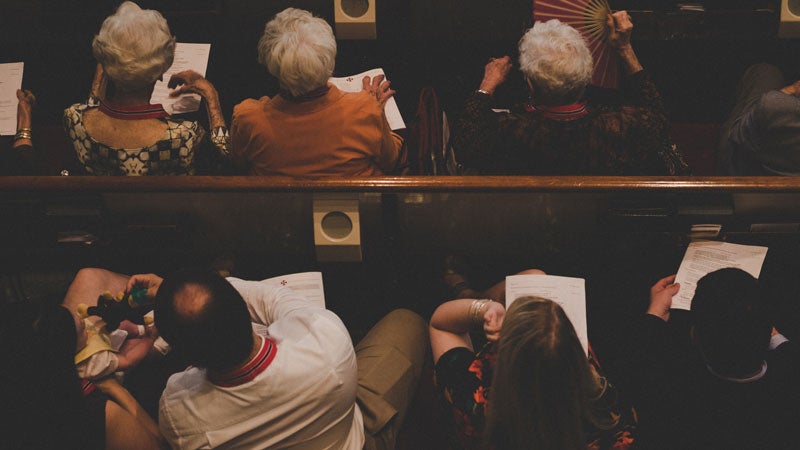 Changed Circumstances, Changed Lives
Changed Circumstances, Changed Lives
One clear legacy of Canterbury United Methodist throughout its history is its profound impact on the lives of its members. Elizabeth Dunn, a member since age 7, credits the church for helping her develop leadership skills. Now chairman of the Mountain Brook Board of Education and Director of Business Development for Ray and Poyner Properties, she took advantage as a teen of the opportunities presented through participation in MYF, or Methodist Youth Fellowship, to gain confidence in her abilities in a variety of settings.
Elizabeth is quick to add that she is hardly alone in this respect. She points to the influence of longtime youth minister Leon Precise over countless impressionable lives that passed through Canterbury’s doors. “We were called ‘Leon’s kids,’” she says with a laugh. “He expected and demanded a lot from us.”
She recalls a youth trip Leon led to a Native American reservation in Oklahoma during the 1970s. Canterbury’s presence continues there today in a small chapel on the reservation the youth members helped construct.
Lifelong membership shows up again and again among Canterbury’s congregants. “I don’t really know any other church aside from Canterbury,” 77-year-old Fred Renneker admits. “It has been my church all my life.”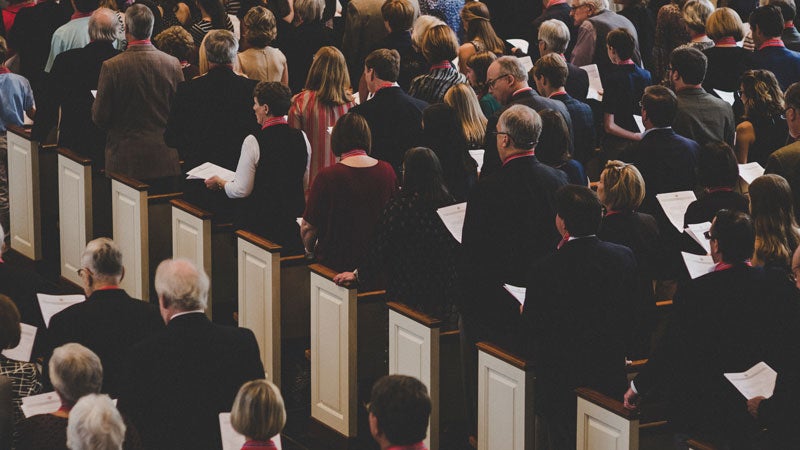
The son of the architect for the current church building, Fred has served as chairman of the church board and president on an almost-200 member Sunday School class. His grandchildren are the fourth generation of members from his family. He, too, speaks of the far-reaching effects the church has had on his life, both personally and professionally. Like Elizabeth, he is heavily involved in serving others through the opportunities the church provides. He works in the Encore program, which offers activities and fellowship for adults with memory loss while providing support for their family members and caregivers. He also works with the Brown Bag ministry to help provide groceries to those with food insecurity.
Canterbury’s devotion to service stands out as a critical component of the church’s mission. The church website lists almost a dozen programs that the church sponsors on an ongoing basis, while others, such as providing Christmas gifts and Easter baskets for needy families, are carried out on a seasonal basis. Rachel Estes, director of outreach and missions, describes the church’s philosophy as “working alongside communities and individuals, striving not just for ‘Band-Aid’ solutions, but also sustainable solutions.”
Rachel notes the historical commitment to community and service of the United Methodist Church. It is a recipe that Canterbury follows closely with positive results. “What we find when we reach out to others is that so many of those we’ve served come back to serve alongside us,” Estes explains. The return on the investment is both improved circumstances as well as changed lives.
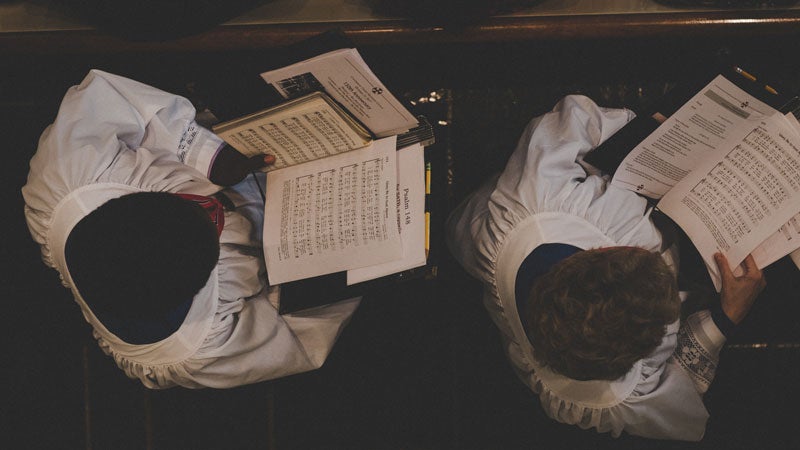 A Century and a Half of Service
A Century and a Half of Service
Much has changed in Canterbury’s 150 years of existence. But Senior Pastor Dale Cohen sees clearly that some things have not. In a recent church newsletter, he writes, “Just as in 1867 our nation was emerging from the divisions of war, similarly, our country needs to move from an ideological divide that is creating two Americas. I believe Canterbury played a role in healing the divisions of 1867, and my prayer is that we can now play a role in healing the divisions of 2017.”
Healing divisions in an increasingly fractured society is an ambitious goal, but Canterbury through the years has proven that it is more than up to the challenge. “The one thing that hasn’t changed is our compassion for those in need and our desire to connect people with God,” Cohen says.
With a century and a half of service, devotion, and a love through some of the most tumultuous times in history, Canterbury stands poised to continue that legacy for years to come. From the rustic simplicity of a brush arbor to the soaring grandeur of an elegant sanctuary, Canterbury embodies the wise old truth that the more things change, the more they stay the same.
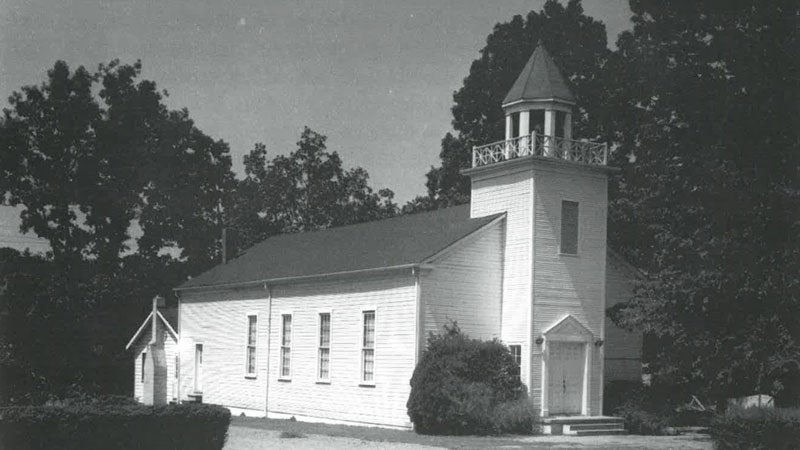 150 Years of Canterbury
150 Years of Canterbury
1867
Irondale Methodist Episcopal Church formed in the aftermath of the Civil War.
1871
The city of Birmingham is founded.
1874
A small cabin is built on what is now Hollywood Boulevard, just west of today’s Mountain Brook Village, and the church becomes Union Hill Methodist Episcopal Church.
1911
Over in Crestline, the Waits brothers, who had grown up in Union Hill Methodist, sponsor a several weeks-long revival, and Crestline Heights Community Church is born. It would later be renamed Crestline Heights Methodist Episcopal Church, South (1912) and then Mountain Brook Methodist Church (1943), and construct what is now the now Steeple Arts Building.
1928
The Union Hill Methodist Episcopal Church changes its name to Canterbury Methodist Episcopal Church, borrowing from the English Tudor influence of new homes and businesses being built in the area.
1929
Real estate developer Robert Jemison, Jr. develops the Mountain Brook Estates community.
1930
Plans are drawn for an expansive new church building of a Gothic design on Canterbury Methodist Episcopal Church’s current site, but the Depression intervenes and it is never built.
1942
The city of Mountain Brook is incorporated.
1948
Canterbury Methodist Episcopal Church and Mountain Brook Methodist Church merge to form Canterbury-Mountain Brook Methodist Church, and plans are drawn on a 20-acre site on Overbrook Road, formerly part of the Bearden Dairy farm.
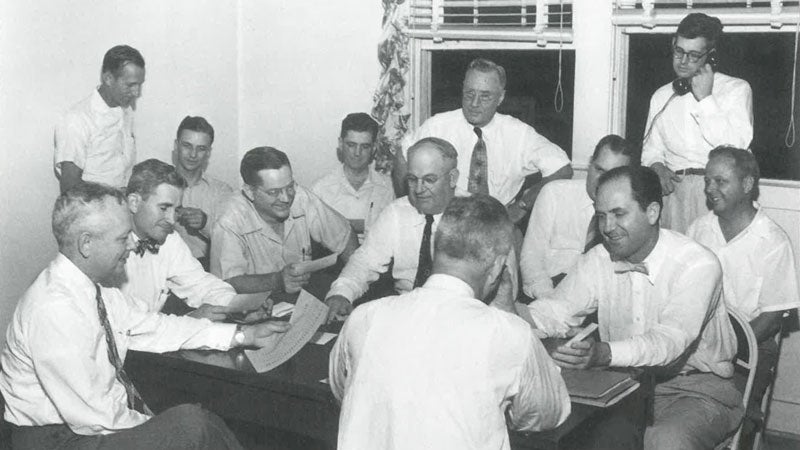 1952
1952
The first service is held on Overbrook Road.
1956
The church votes to change its name to Canterbury Methodist Church. In 1968 “United” would be added to the name when The United Methodist Church is created.
1962
A new sanctuary opens.
1976-77
A chapel is planned and constructed.
1981
The Children’s Center opens to house Child Development Center and Sunday School classes.
1993
Martha’s Garden is dedicated on April 18 in memory of Martha Reese, a long-time and much-beloved member of Canterbury.
2003-04
A parking deck is designed and completed to handle membership growth, and other renovations are undertaken in the sanctuary, Canterbury Hall and the Children’s Center.
2007-08
Canterbury Center is designed and completed, allowing for two worship services venues and various community and performance events.
2017
Canterbury United Methodist Church celebrates its sesquicentennial.
Editor’s Note: This timeline was adapted from a one written by Bill McDougald, based Marilyn Davis (Madge) Jackson’s research in From A Brush Arbor: Canterbury United Methodist Church’s 135-Year History of Service to God.

